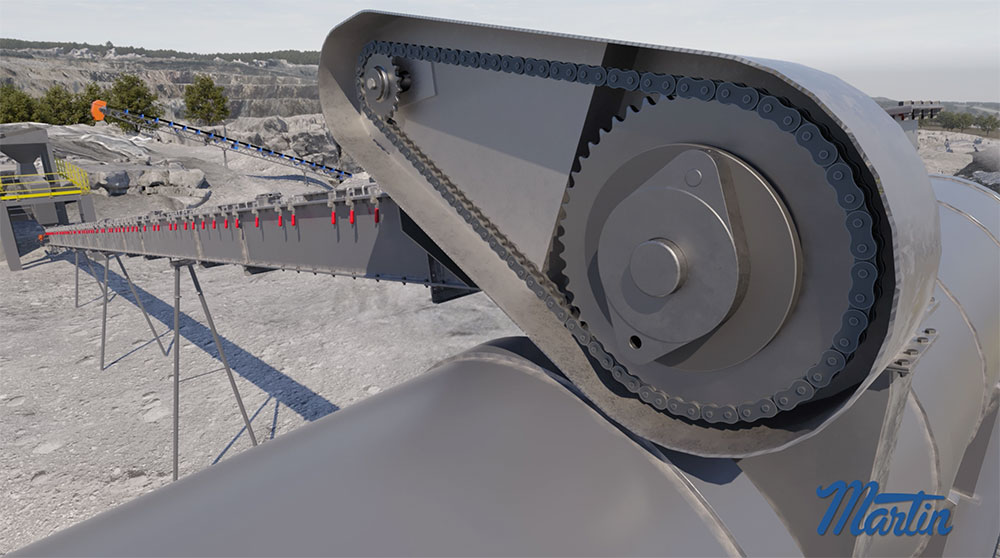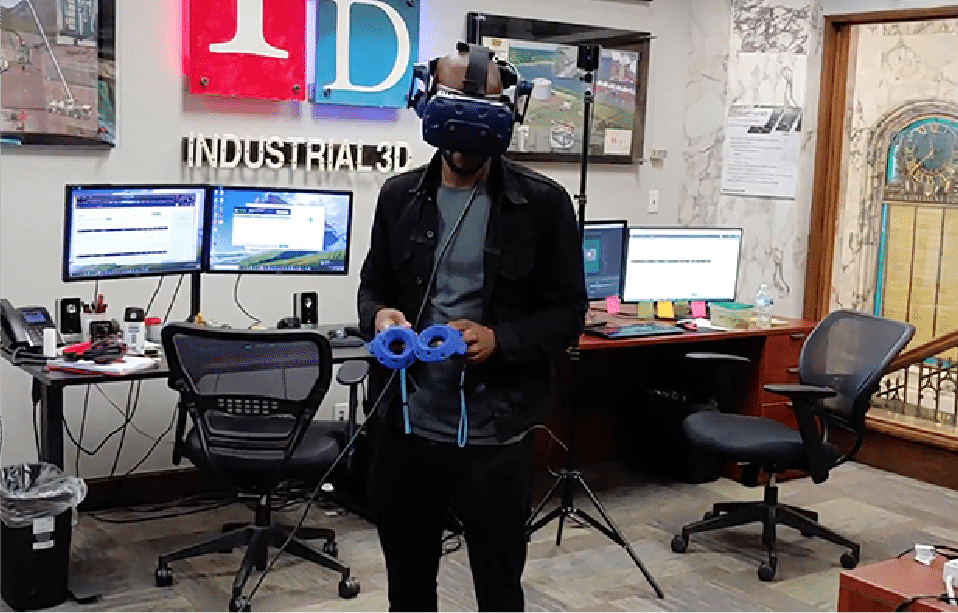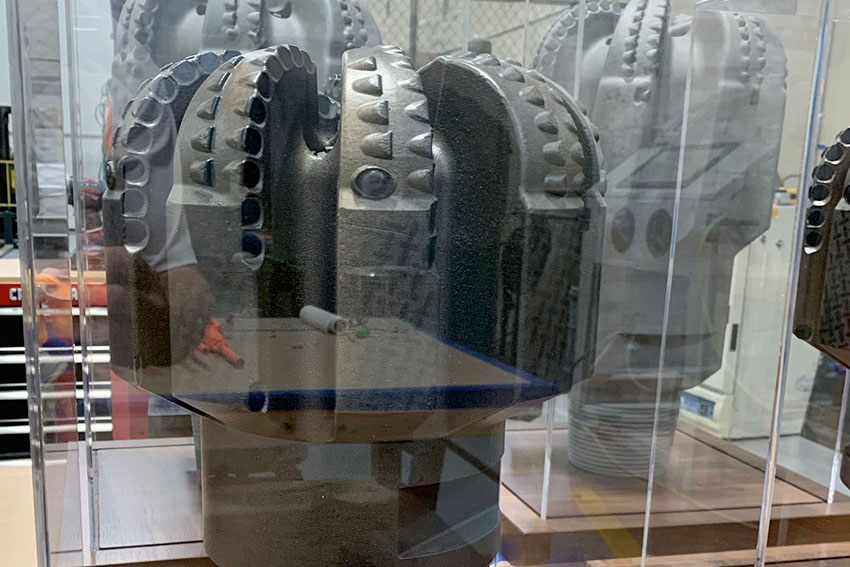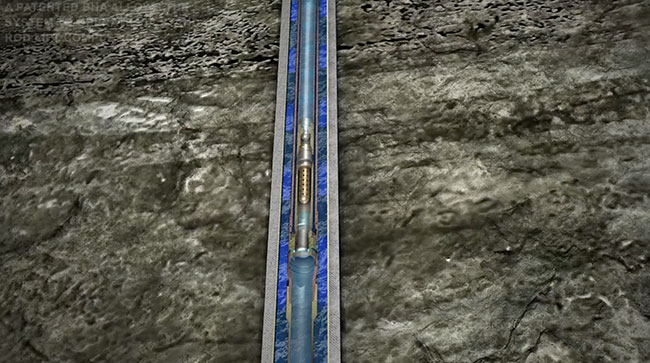3D printing company
The process of developing 3D animation entails constructing three-dimensional models incrementally. This is achieved by crafting a model or character, equipping it with skeletal structures and articulations, and subsequently animating it to achieve the desired motion.
The process of producing 3D animation involves the utilization of various software programs and tools such as Maya, Blender, and 3ds Max in order to generate three-dimensional animated visuals.
Norman's Island is a heartening tale that explores the themes of companionship, unity, and advocating for justice. The movie chronicles the journey of Norman, a resident of the quaint island who finds solace in his humble abode. Nevertheless, when a team of developers arrives on the island with intentions to construct a resort, Norman's tranquil existence is completely disrupted. Assisted by his companions, Norman must devise a strategy to thwart the developers and safeguard his beloved abode.



